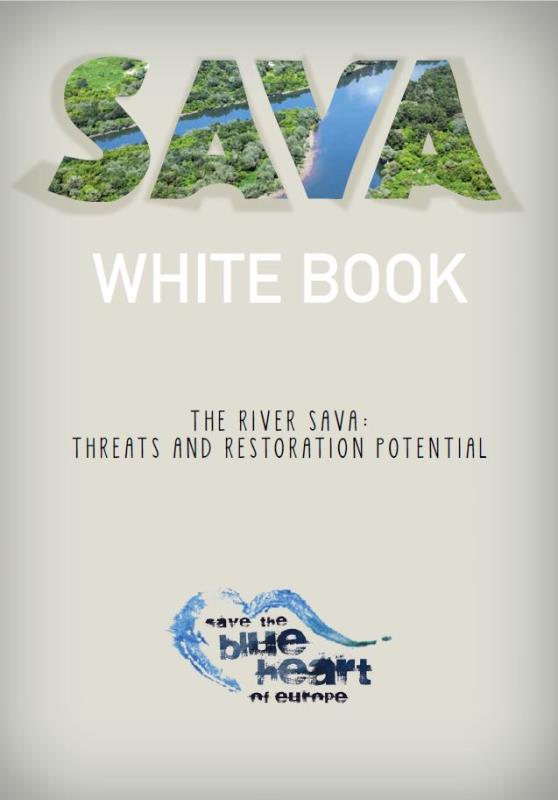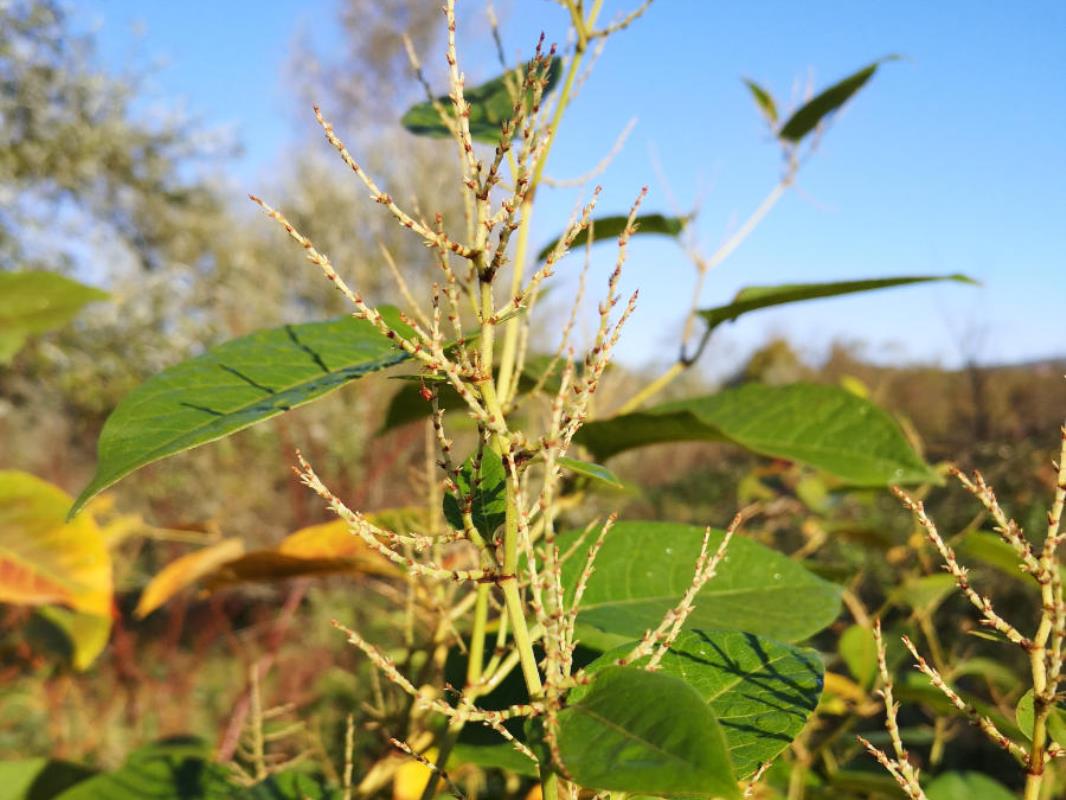Sava White Book
Download
Sava White Book
The Sava White Book (SWB) describes the ecological characteristics of the Sava River and its floodplains, but also assesses the main threats for the integrity of the river system. Potential restoration sites of the river and its floodplains have been identified and ranked for the benefit of local communities and biodiversity. The SWB is a knowledge base for assessments (i.e. feasibility studies) towards river and floodplain restoration in the Sava River Basin. In cooperation with the campaign “Save the Blue Heart of Europe” and the SavaParks network, the Vienna-based consultant FLUVIUS collected data and facts about the Sava and her tributaries, analysed satellite images and calculated areas in over a year’s work. In December 2016 work was finalised and the SWB was published.
The SWB describes the ecological importance of this unique river system as well as the threats it is facing for the first time in an easily readable and condensed form. Furthermore, the SWB gives concrete suggestions for sustainable and natural flood protection working in tune with nature, not in opposition to it. Almost 150 areas suitable for relocation of dikes were identified along the Sava. This would allow a total of 185,000 ha of former floodplain forests and pastures to be flooded once again, creating capacities for an additional 3.1 billion cubic metres of water to be stored naturally in the event of a flood. This would decrease and slow down a flood wave considerably while at the same time increasing the ecological quality of the floodplains. Flood protection along the Sava is a dominant topic, not only since the historic 2014 flood. Eighty per cent of former floodplain area – even forests and pastures – have been disconnected by dams and dikes in the past, exacerbating flood events.
Apart from the big opportunities for the Sava River, the SWB also demonstrates the threats. Virtually the entire river course is threatened by projects which – if implemented as planned – would destroy the river along with its tributaries. More than 500 hydropower plants are planned in the Sava River Basin, which would have devastating consequences. For instance, the upper reach of the Sava together with several tributaries such as the Una, Sana and Drina provide the last paradise for the Huchen – a globally endangered predaceous fish species, up to 1.5 meters in length. More than half of its global population finds habitat here. If dams are being constructed within Huchen stretches, scientists predict a total collapse of the population.
Extensive and illegal gravel removal from the river channel pose another threat: according to a survey, approximately 950,000 m³ of sediments are being dredged annually from the Sava, and another 1.29 million m³ from its tributaries, particularly the Vrbas and the Drina. This is ten times the amount of riverbed-building sediments the Sava transports to the Danube each year. The effects are severe: the rivers dig deeper into their beds, causing a drop in groundwater level, protective constructions may collapse, and the flood risk increases downstream of extraction sites.
For more information, you can download the Sava White Book here.







